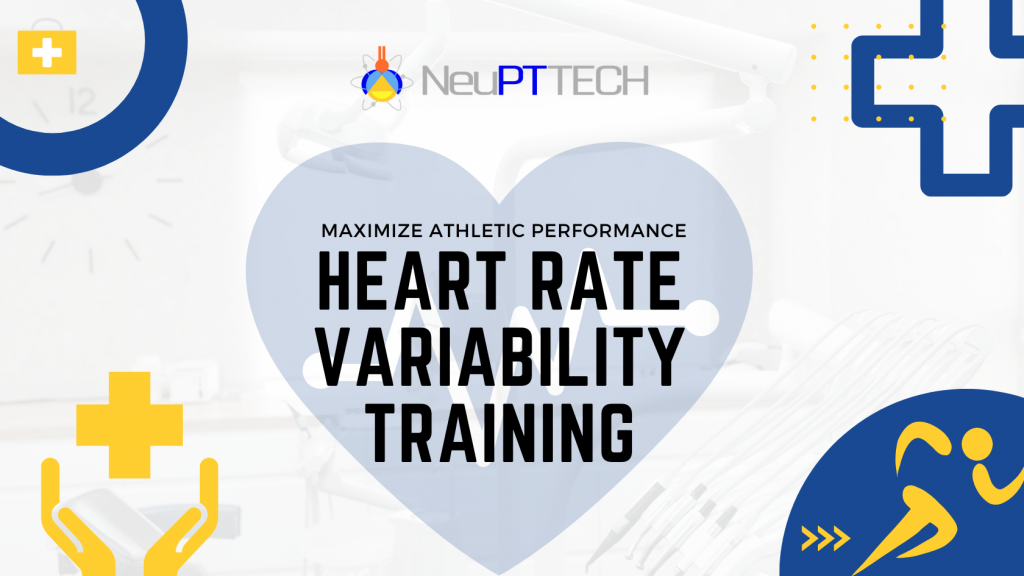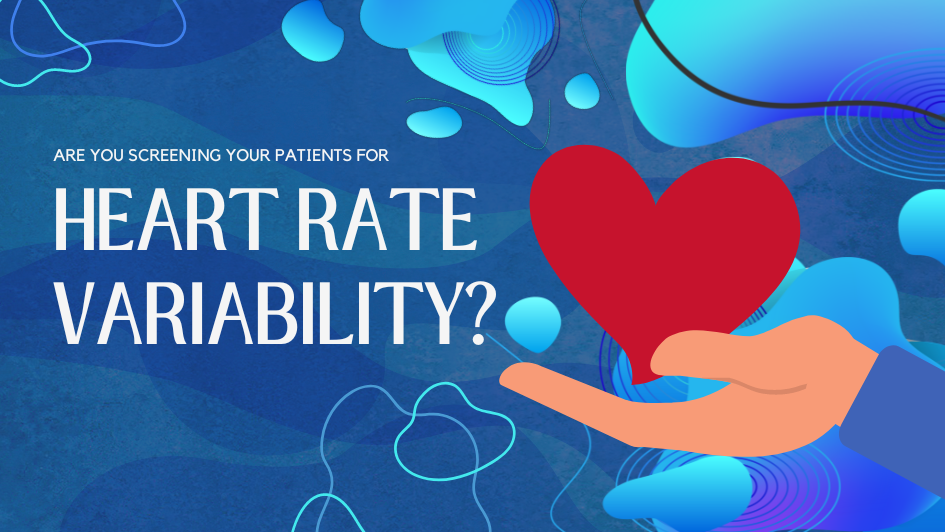%20(7).png)
Avoid Over-Training Clients by Measuring and Tracking Heart Rate Variability
As a physical therapist, we have our patient’s best interest in mind as we craft a program to rehabilitate their injury or help them reach their health potential. However, it’s often difficult to understand exactly what they are experiencing internally.
While one exercise regimen may be tame for one person, it could push another to their limits. To make sure you're providing the best care for your clients, you have to use more than qualitative observations and questions to understand how they are feeling.
One way you can measure exertion is by tracking heart rate variability (HRV). If you haven’t yet, implementing this in your clinic can be a game-changer for your patients’ health. Let’s dive into the details of a clinical HRV system and how tracking it can help prevent over-training in your treatment plans.
The Impact of Over-Training on Athletes and PT Patients
As you get to know each patient and their limits, you can adjust their routines accordingly. Since every person will react to training differently, there is an adjustment period. Even once that period is over and you’ve seemingly curated the perfect routine to suit their needs, those limits will change as they progress through different stages of physical therapy, wellness or advanced coaching.
However when patients or performance athletes start over-training, it can lead to physiological stress, lower HRV, fatigue and muscle strains. In these situations, training has a more adverse effect, doing more harm than good.
Other things that may lower a patient’s HRV are reduced sleep, alcohol use and poor nutrition. These factors cause stress to your patients’ nervous systems, just as over-training does. When their nervous system is exposed to ongoing stress, it lowers their HRV.
Using HRV as a Solution to Over-Training
To avoid further stress on the nervous system, you can start tracking HRV at your clinic. Heart rate variability measures the average difference of a patient’s heart rate, beat to beat. When a doctor measures their patients’ heart rate, they are measuring the average beat per minute. The little differences in that average represent the patient’s HRV.
Generally, the more variability between heartbeats, the better. A high HRV score indicates a healthy heart and nervous system. But what exactly determines patients’ HRV?
The sympathetic and parasympathetic systems, two branches of the autonomic nervous system, regulate heart rate. The sympathetic system drives blood to the muscles and brain. This system kicks in when you’re in a fight-or-flight mode and it increases heart rate.
The parasympathetic nervous system repairs tissue, helps digest food and routes blood to internal organs. This system lowers heart rate.
A high variance between these systems means that the heart can adapt to different situations. A patient’s heart rate won’t be the same when they’re running as it is when they’re lying down. You want their sympathetic nervous system to kick in during exercise, and their parasympathetic system to help them recover properly afterward.
Measuring Heart Rate Variability
You can use HRV for diagnoses and treatment plans. Measuring heart rate variability helps with:
- Adaptive training
- Fatigue management
- Injury prevention
- Recovery monitoring
- Performance optimization
All of these rely on you understanding your patients’ bodies and their limits. Tracking heart rate variability helps significantly with this. To measure HRV, make sure your patient is in a controlled environment and track their HRV score using a medical-grade device (we recommend the NeuPT HRV System) during different activities.
Opposed to a wearable fitness tracker, you can better control and monitor HRV data more accurately using a medical device.
When you continue tracking their HRV, over time, you’ll have enough data to gauge their average HRV score. Then, you can keep an eye on any major deviations from this norm. This could indicate your patient is over-training or that there is something else abnormal with their health.
Want to Start Tracking HRV at Your Clinic? Contact NeuPTtech
Tracking heart rate variability offers numerous benefits. If you want to implement this tool in your clinic, contact NeuPTtech. We are leading physical therapy technology experts who research and test the tech in our own clinics and make it our mission to help you help others.
Over the last 5 years, we’ve worked with hundreds of practice owners and athletic trainers to maximize their return on investment through innovative PT technology. To purchase a heart rate variability device for your clinic or to learn more about how you can use it to help your patients or clients, learn more here.

%20(5).png) Previous Post
Previous Post
.png)

